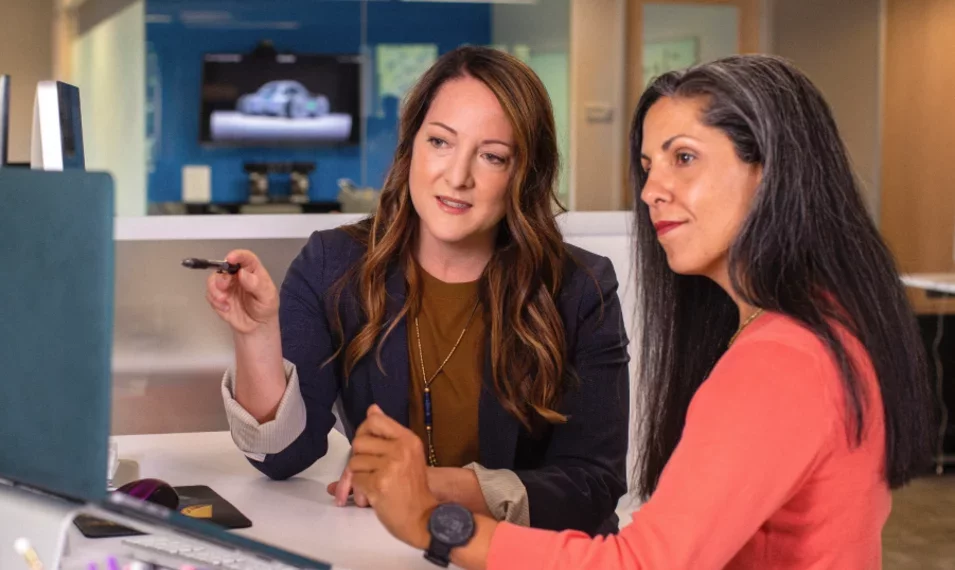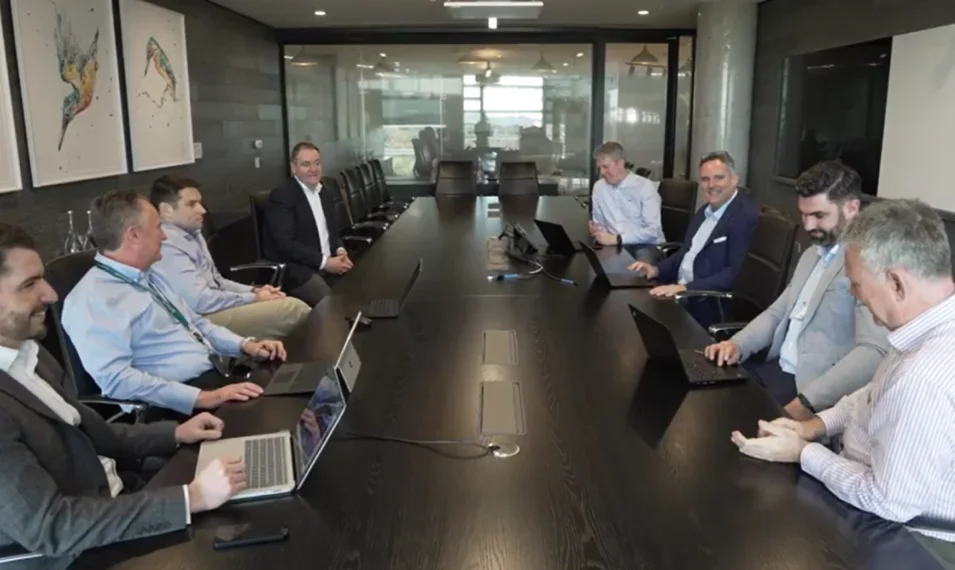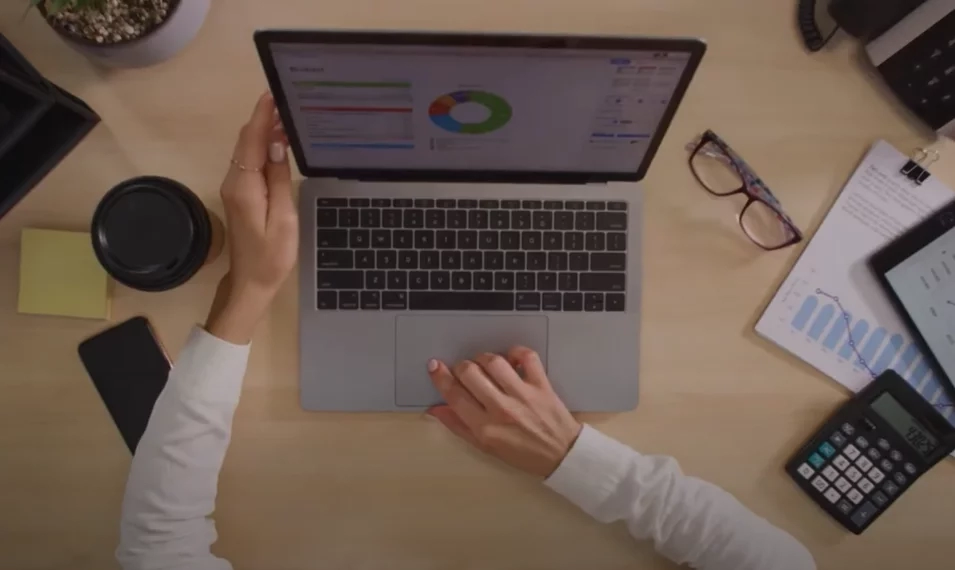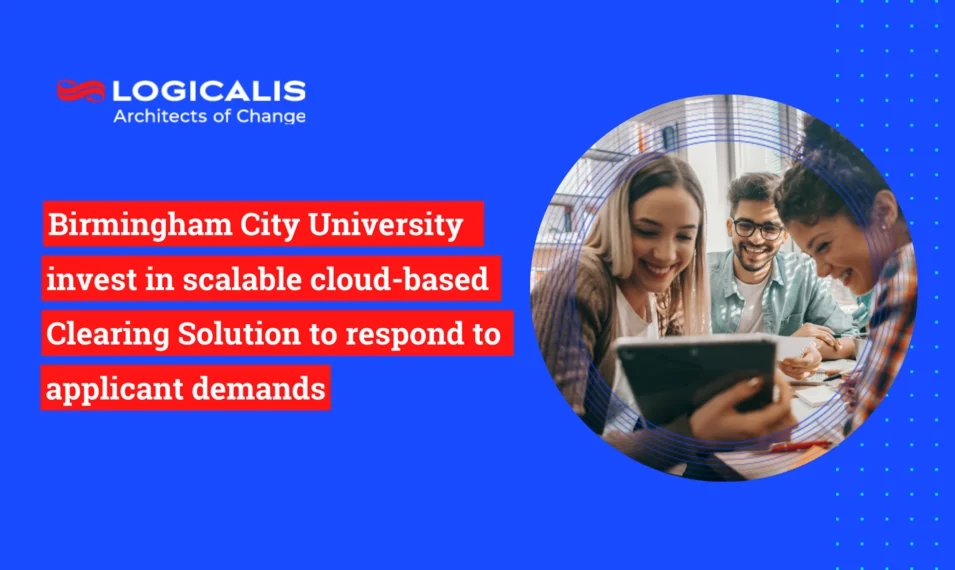, Jul 6, 2015
Using data to drive people performance and create an empowered workforce
We interviewed Hilary Stables, HR Director at BT Facilities Services (BTFS) to find out how she is using BTFS people data to develop and maintain a happy culture and empowered workforce, and how balancing what’s right for the business and their people is key.
Click here to download the PDF version of this expert interview.
Business objectives and culture – getting the balance right
Hilary: Something that is always on my agenda is getting the balance of what’s right for the business and what’s right for our people. If it swings one way more than the other then we need to reset the dial. We need to get the balance right of meeting our business objectives, and providing a great culture for our people to work and grow in. Right now we’re being busy fools in some areas. We need to think about where we should be focusing our efforts.
Data is critical for the people strategy
Hilary: Our people strategy is to get, grow and keep the best people for BTFS, and we can only do that with really robust data to help us. The right data will help us plan for the future and to set our strategic direction.
The question is: how do we get the best people in, develop and grow, then how do we keep them engaged and make sure that they want to stay with us?
Rapid labour turnover and churn isn’t great for a growing and stable business.
Our key initiative is to make sure we have the right data across the whole business and this is something we need to be better at. We need to provide this end to end throughout the business.
I also want to be able to look at the hard data stuff; that is how we’re tracking personal people performance from quarter to quarter. All the richness that comes out of that will be: How’s our culture bedding in? What are the development and performance needs of our people? How are we identifying talent? There’s a whole mining piece we can do on that. It’s all about efficient and effective workforce planning. At the moment we only have a top level view. We want to get under the skin to see is there something in our environment that we are creating.
Comparing leadership styles at BT and BTFS
Hilary: At BT, their challenge was to go from a ‘tell and do’ authoritative style to a ‘support and challenge’ style. We as a business are starting from a very different place, our managers are starting from a position of ‘socialise and pacify’, but that’s not going to drive our business forward if we’re not facing into performance, so our challenge is to get our managers into the ‘engage and inspire/support and challenge’ style.
I would argue we’ve got a harder challenge. Getting people to face into dealing with performance is really tough as they have to be equipped to have difficult and challenging conversations.
Importance of leadership development
Hilary: BTFS is going through leadership training for our all our managers across the business. It’s a 3 part development programme led by our L&D team. This will be our massive cultural shift.
We have a very common agenda at leadership level, and it’s absolutely aligned to the need to deliver personal performance in order to achieve business results. We then have to balance it with an engaging, inspiring culture that is there to help our people be the best they can be in order to grow our business. The engagement agenda is huge. We want to make sure our people feel engaged and empowered in success of the business, and we also want to drive personal performance at the same time.
Employee engagement drives customer satisfaction
Hilary: My view is the people function has to work as an integral part of the business, rather than being in a silo. In a service business the front line customer is king; if you aren’t serving a customer it’s about what you’re doing to help somebody else serve a customer and that changes your mind set. I started in operations before getting into the strategic side of things, and you can’t separate the two; it’s like a symbiotic relationship, you can’t be great at one without the other.
It has to be tied back to big drivers in the business and our key business objectives; driving superior customer service and proving efficiency and effectiveness. We’re growing our capability in a new business, and growing and keeping the best people in BTFS. Those are our key initiatives to drive the business. Everything we do has to support that.
Collecting the right data
Hilary: We have had customer service surveys and this has given us a bedrock to develop our business. The Business Intelligence and mobile technology that’s currently being developed for BTFS by BT will help us to be even better at scheduling our people, scheduling our workload, and delivering the right people at the right place for the customer. It will also help us determine what’s important for the customer. I think that this will move our business on in great strides and it is all based on data. We’ve got lots of data at the moment that will help us do that but this programme joins it all together in one solution.
We have all this rich learning, it shouldn’t just be lost after a review. We have this rich data and discussion going on, and we need to use this to help us understand where our gaps are and what we’re doing well; then we can look at where we need to invest more.
The data piece and working with Trovus is a step forward. In traditional appraisals this wasn’t looked at. It’s frustrating that people are doing all this work without getting all the information they can. The potential is huge.
Forecasting rather than reacting
Hilary: We need to think how we redirect things when the data is telling us don’t go down this route, go down that route. It’s about utilising the data to forward think and stress test in order to make sure our strategy is absolutely going in the right direction. If it’s not, and the data is telling us something completely different then we need to change track. The data will give us the courage of our conviction to be able to do that.
Start with auditing your processes and your data
Hilary: There’s a bit of auditing needed there to say yes that’s exactly what we need, company-wide. We need sign off and consistency, so we have to ask ourselves is it great data? Have we got great feedback? I’ve learnt over the past year that the quality of the data going in is key to success. We’re certainly getting there. Part of the development journey we are on with our managers is giving them the skills to be able to have really great and meaningful performance conversations with their people so we can get that robust and rich data out, rather than just a tick box exercise.
We need to be using the data to help shape our strategy and direction, and we’re not doing this in absolute depth yet. We also need to use it to benchmark. I need my own confidence of what’s going in, otherwise I can’t stand up and convince other people.
Your data strategy has to be flexible. As your business is changing, what data you capture and how you capture it will also change. I do think there has got to be a flexible way of doing things. And as your business changes and matures the questions you ask will change as well. If you’re talking about very mature stage businesses it’s not going to change year to year but ours is fledgling and dynamic; it’s probably changing every week never mind every year.
We need to be flexible enough to say what was right last year might not be right this year.
Can data be scary?
Hilary: I think if the data is showing a different story than you first thought, it can be a tough call. People get wedded to the strategy and wedded to the way the business is going. I do think that the winners and successes in this world, those ones open to change and saying ‘yep we got it wrong, we’re going to change direction’, those are the guys that are flexible and will succeed.
For us , we’re such a new business, and we’re welcoming people telling us we got it wrong, because they’re helping us set our direction, so I think we are probably on the opposite scale.
At BTFS we say let’s test it and see and sometimes it’s about having a go with a number of ideas , all true and good stuff, and seeing what sticks.
Some things won’t work because either our people or our customers are telling us that’s not right so let’s stop there. Then we might have things that stick and we’ll say ‘yep those are the absolutely right things to do’ because again the business metrics, the customers and our people are all aligned to say it’s the right direction.
Influencing Board members and managing change
Hilary: When you’re approaching any change, communication processes are key. You start with your base reason for change, and then what we want to do about it (the ‘what’ and ‘how’), and a lot of it is about getting it out to people to engage at every level, so they’re not feeling daunted, they’re feeling part of the change. It’s about how you capitalise on people’s knowledge and expertise, then utilise that and feed that into how we enact the change, that’s the key for me.
You need to know how you can galvanise and capitalise on your workforce’s knowledge to help you drive the business. We’re all in it together.














